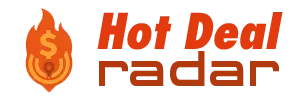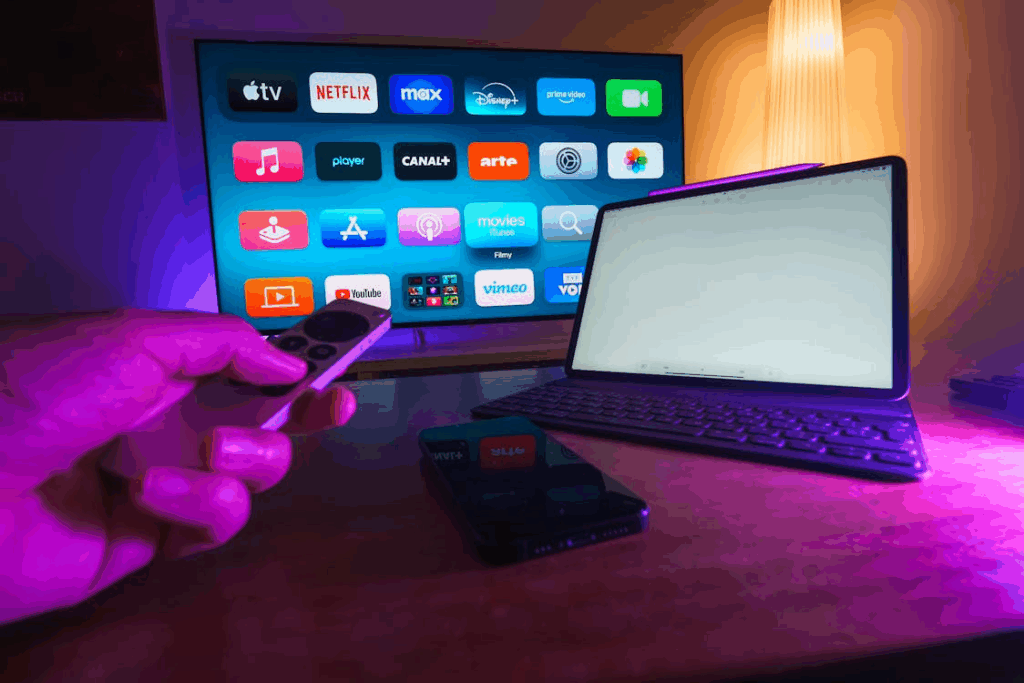Cashback is one of the easiest ways to save money while you spend. But here’s the big question: cashback credit cards vs cashback apps, which one actually gives you more? Both methods promise “free money back,” yet they work differently.
To make sure you’re not leaving cash on the table, let’s break down how each option stacks up and explore strategies to maximize cashback rewards.
Top Cashback Apps for Shopping
Cashback apps for shopping are free tools that give you money back when you shop through their platforms. They’re simple to use and perfect for stacking with credit card rewards. Some popular picks include:
- Rakuten – Up to 10% back at thousands of retailers; quarterly cash payouts.
- Honey (PayPal Rewards) – Automatically finds coupons and gives points that convert to gift cards or PayPal cash.
- Ibotta – Grocery-focused app with cash back on food, household items, and even online retailers.
- Dosh – Automatic cash back when you link your card; no need to activate offers manually.
- Capital One Shopping – Price tracking, coupon codes, and shopping rewards rolled into one browser extension.
These apps are free to use, but remember, rewards may take weeks to show up, and you’ll usually need to hit a minimum payout threshold.
To keep expectations realistic, see Do Price-Tracking Apps Actually Work? A Side-by-Side Test.
The Best Cashback Credit Cards
Credit cards bring rewards straight to your statement. The best cashback credit cards usually offer flat rates of 1–2% on all purchases, with boosted rewards in categories like groceries, dining, or gas. Here are a few standouts:
- Citi Double Cash® Card – 2% back on everything (1% when you buy + 1% when you pay).
- Wells Fargo Active Cash® Card – Unlimited 2% cash back with no annual fee.
- Chase Freedom Unlimited® – Elevated rewards on dining, travel, and drugstores, plus 1.5% back on other purchases.
- Discover it® Cash Back – Rotating 5% bonus categories each quarter (with activation), plus 1% on everything else.
- Blue Cash Everyday® Card from American Express – Strong rewards at U.S. supermarkets, gas stations, and online retail.
However, the fine print matters. Annual fees, interest rates, and spending caps can eat into your rewards. According to the Consumer Financial Protection Bureau, many people end up losing value when they carry a balance or miss payments.
Pros and Cons of Cashback Cards vs Apps
Both methods come with tradeoffs. Credit card rewards programs offer perks like statement credits and sign-up bonuses, but they also tempt overspending. Apps, on the other hand, are free and accessible but sometimes slower to pay out.
And then there’s cashback vs points. While points sound attractive, their value often depends on complex redemption rules. Cashback is straightforward because you know exactly what you’re getting.
Stacking Cashback Strategies
Here’s where smart shoppers win big. You can double-dip by combining both methods. For example, click through a cashback app to buy from a retailer, then pay with a rewards credit card. That way, you earn twice.
This tactic is known as stacking cashback strategies, where you can multiply your rewards without extra effort.
To stay disciplined, read 10 Retail Tricks That Make You Spend More (and How to Outsmart Them).
How to Maximize Cashback Rewards
If you want to maximize cashback rewards, start by mapping your spending. Use credit cards where you shop most, and apps where your card doesn’t give bonuses. Always check return policies, since refunds usually cancel rewards.
And remember, cashback only works if you pay off your card in full. Otherwise, interest charges erase every dollar earned. For more ways to save, see 10 Hidden Fees That Quietly Kill Your Bargain Buys.
Which Cashback Deal Wins?
At the end of the day, the debate over cashback credit cards vs cashback apps isn’t about one replacing the other. Apps are best for flexible, low-risk savings. Cards shine when you manage them responsibly and tap into bonus categories.
The smartest move is to use both. Stack when you can, avoid fees, and keep spending in check. That way, your everyday purchases put more money back where it belongs—in your wallet.




